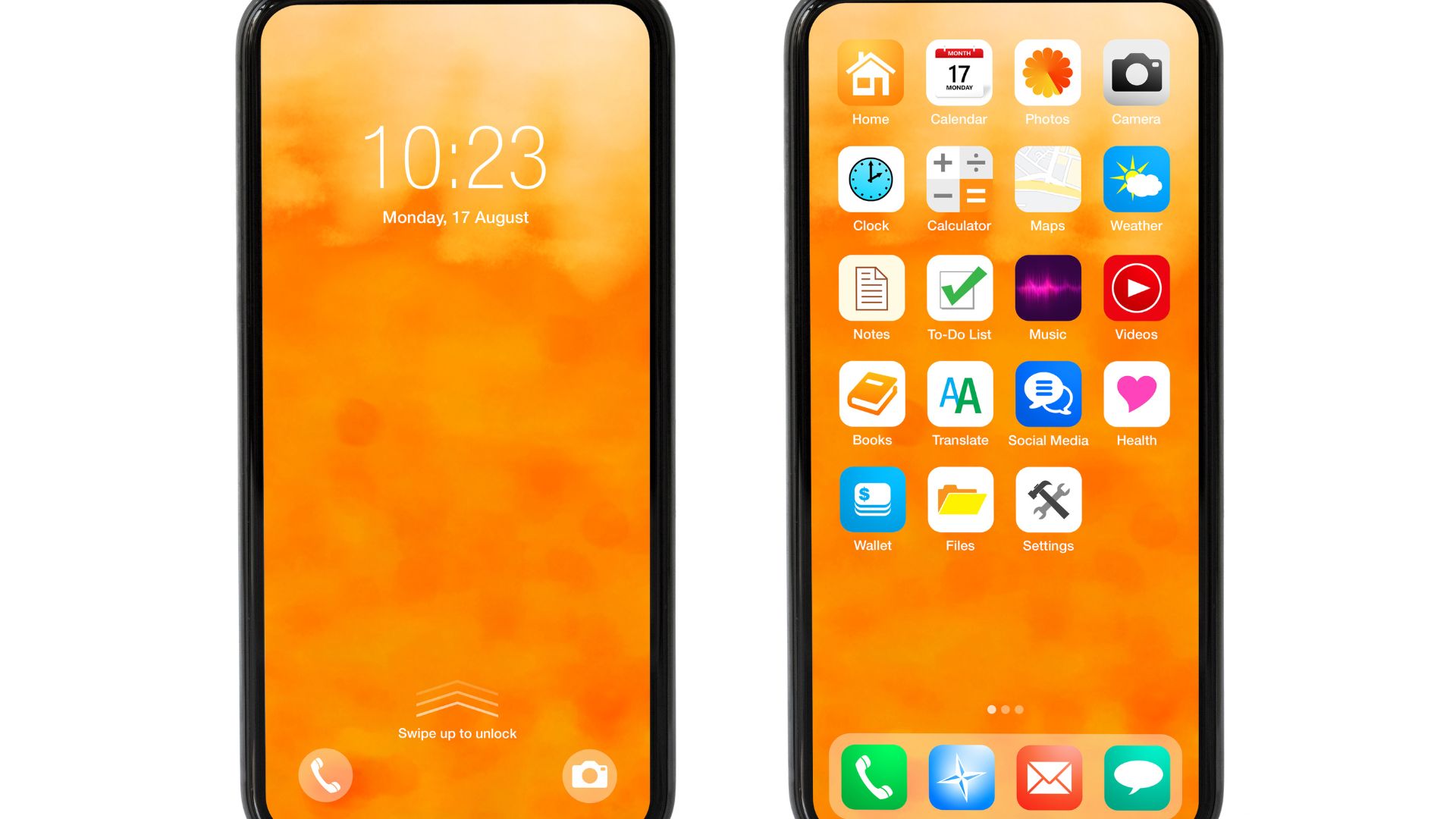So guys, what phone should I compare to the Moto H50 Pro next? Moto H50 Pro. But why? Open YouTube and search for H50 Pro; you’ll get the answer. Let’s do it. Well, your wish is my command. Let’s end the debate here. I’ll tell you if you should save thousands on the Motorola H50 Pro and buy the OnePlus Note CE4 instead. So stay tuned till the end. Yes, yes, let’s address the UFS in the room first. So the Edge 50 Pro’s UFS 2.2 has been a point of controversy, yes, but the Note C4 comes with UFS 3.1. And therefore, the Note C4 scores higher in sequential read-write speeds compared to the Edge 50 Pro.
But fun fact: in random read-write speeds on AnTuTu storage tests, the Edge 50 Pro is much higher compared to the Note C4. And Motorola tells us that because of some optimization that they’ve done to the storage, it could be some RAM caching or, you know, storage compression technique. I’m not so sure of it. But credit where credit is due, Bboom spotted this first. OK, we understood storage, Ashad. What about the actual performance of the Snapdragon 7th Gen 3? Well, the benchmark scores are very similar, whether it’s Geekbench or AnTuTu. By the way, do you see that H50 Pro AnTuTu score? But in daily usage, when you’re scrolling through your Instagram feed or opening apps, all of that is extremely fine on both. However, there were some animation nerds who were worried about the fact that the Nord CE4 doesn’t have animations. Well, it does, but it stutters sometimes, and you can’t see the animations. And that’s a problem, of course, but only for somebody who’s very particular about it. Most regular users won’t care. Motorola’s animations, on the other hand, are very smooth; no problem. We also ran our standard 40-threaded, 30-minute CPU throttle test, and the CPU throttles more on the Motorola H50 Pro compared to the Nord CE4. But when we gamed on both of these phones, playing Genshin Impact at the highest graphics and 60 frames per second, Motorola actually had higher average frame rates compared to Nord. All things considered, OnePlus does have an edge when it comes to performance. The next big confusion would be cameras, right? Well, no confusion there, really, because firstly, Motorola has better specs with that extra 3x telephoto camera compared to OnePlus.
And we compared the primary cameras; the Motorola captures more details and is sharper, with slightly oversharpened textures as well. The HDR performance is better too, with better control over the highlights and more details available in the shadows. Of course, OnePlus has cut out a lot of the noise, but you’ll see that the details have also been eradicated. Color accuracy is also better on Motorola thanks to the Pantone validation. Also, the ColorSense consistency with the ultra-wide is close to natural on the Motorola H50 Pro compared to the Nord C4. But what I noticed is that the Pantone skin tone validation is slightly off. That’s because when we shot our colleagues with the primary camera, there was a slight bit of a yellow cast. It’s not like OnePlus does any better with the skin tones because there’s a slight bit of red cast with the OnePlus. I think Moto definitely needs to fix this with an update. Against the light, Motorola’s picture looks better here. But there are times when the HDR multi-stack processing sort of causes some bloom around the face. This is true for both Motorola and OnePlus. In low-light shots, Motorola’s algorithm is pretty good. It brings out a lot of detail from the night shots, and the exposure is much better compared to OnePlus, which definitely under-exposes compared to Motorola. Now it goes without saying that Motorola’s 3x optical zoom obviously captures more detail compared to OnePlus, that’s for sure. And that’s not just true for daylight; it’s also true for low light. The digital zoom on OnePlus can never match the optical zoom on Motorola. Physical hardware is always better. Plus, Pantone skin tone validation actually works with the three shots that we took. The skin tones are very close to neutral, which is, of course, not true for the OnePlus. The 8MP ultrawide on the OnePlus doesn’t take as good quality pictures as the 13MP one on the Motorola, whether it was daylight or low light. And the 13MP ultrawide camera on the Motorola also has autofocus, so you can also shoot macro shots like these ones that look fantastic.

Even the 50MP selfie camera takes detailed pictures; it takes sharper pictures, and the skin tones are closest to neutral as well, compared to, you know, the OnePlus. Portrait edge detection is better as well; the bokeh drop-off looks good too; and even the low-light selfies are better on Motorola compared to OnePlus. You can also shoot 4K 30fps videos using all the cameras—the primary, the ultrawide, the telephoto, and the front camera—of the Motorola Edge 50 Pro. And the primary camera video quality is infinitely better than OnePlus, primarily because you get proper stabilization, and the sound quality is also better with better noise cancellation. This is the video shot using the primary lens of the Motorola Edge 50 Pro. This is the video shot using the primary lens of the Motorola Edge 50 Pro. Ultrawide and selfie video quality is again better on Motorola, primarily because you get proper 4K video recording and 4K 30fps video recording compared to 1080p on OnePlus. So yeah, no confusion there. Motorola has a more versatile and mature camera setup compared to OnePlus. So when it comes to the displays, there’s no doubt that Motorola has the better one because you get a higher resolution, a higher refresh rate, a brighter display outdoors, better HDR gradation, and better color tuning thanks to the fact that you get Pantone color validation for the display as well. Although OnePlus does have a couple of advantages too, Netflix HDR support has been added to OnePlus now, which was not available earlier, and the H50 Pro doesn’t have it. Also, more importantly, OnePlus’s haptic feedback is way better thanks to the haptics. It’s really tight. It’s really crisp. Now, for the audio nerds in the audience, you get LHDC and LDAC support on both phones. Now, you get stereo speakers on both phones along with Dolby Atmos support on the Mochola H50 Pro, but on the OnePlus, there’s something called O-Reality. Now, when you hear the audio quality side by side, both can get equally loud, but the Note C4 had slightly more depth and impact, if you ask me. Now, it’s Oxygen OS versus Hello UI, both of which run on Android 14. Now, OnePlus promises 2 plus 3 years of OS updates, and Mochola promises 3 plus 4.
But you know it—I know it—Mochola hasn’t been very good with software updates and hasn’t given timely updates. So we’ll have to wait and watch if it does that for the Edge 50 Pro. They did promise us that they would. As for the software experience itself, both have a very clean software experience with no bloatware apps per se. There are third-party apps, but none of them are useless. And if you don’t want them, you can uninstall them too. Mochola has definitely made a few visual changes with HelloUI; there’s that quick settings panel, which looks different. There’s also the new lock screen, which looks nice too. There are also a bunch of useful features, like ready for, family space, Moto Secure, and, of course, Moto Gestures. Oxygen UI also has a bunch of useful features, like the global search that is available on the home screen. You can also copy and paste subjects from images. There’s also that file. Very, very useful stuff. Between the two, though, I like HelloUI’s visual identity and features. That’s for sure. Now, the one reason why the Motorola Edge 50 Pro costs more is because it’s made of premium materials like vegan leather and a metal frame. OnePlus is all plastic. Plus, you get support for an IP68 rating and 50-watt wireless charging as well. However, we noticed one thing: the compatible 50-watt Motorola charger is not available in India right now. Hopefully, Motorola starts selling it soon, because otherwise it would be pointless, right?
Talking about charging, Motorola also supports 125-watt charging speeds. Of course, the 125-watt charger is available only in the higher variant, but we tried it out. And the phone can charge from 0 to 100 in 20 minutes flat. The Nord C4’s 5500mAh battery takes 30 minutes to charge using the 100-watt charger that’s available in the box. While charging speeds and charging technology are better on Motorola, OnePlus’s battery life is better. So the 5500 mAh battery consistently gave us 9 hours of screen-on-time in our testing. Motorola gave us anywhere from 6-7 hours, depending on the usage. Finally, Motorola has USB Type-C 3.1 compared to USB Type-C 2.0 on OnePlus. So if you have an external disk and if you’re transferring something, the copy speeds are much faster on Motorola compared to OnePlus. Also, you can add an external monitor without any fuss. OnePlus, on the other hand, has a couple of advantages. You get a memory card slot and an infrared blaster, by the way. I did find one thing weird. Motorola has removed the support for eSIM, which was present on the H40. Now you know what I felt after using both phones. The Motorola H50 Pro is basically the Nord CE4 with all the extras, whereas the Nord CE4 is essentially the H50 Pro without all the extras. So in their respective price classes of under 25,000 and under 30,000, these phones are the best of the kings right now, but against each other, it’s not a fair competition. Moto has to win because it’s also priced higher. That’s the equation.



